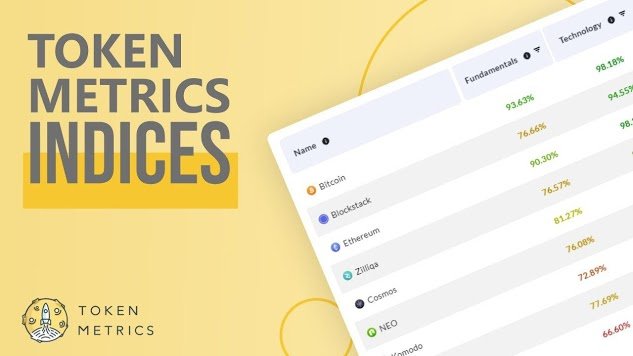The rise of machine learning has had advancements in many fields, including the arts and media. One such advancement is the development of text-to-image (T2I) generative networks, which can create detailed images from textual descriptions. These networks offer exciting opportunities for creators but also pose risks, such as the potential for generating harmful content.
Currently, several measures exist to curb the misuse of T2I technologies. These primarily include systems that rely on text blocklists or content classification. While these methods can prevent some inappropriate uses, they often need to catch up because they can be bypassed or require extensive data to function effectively. As a result, these solutions are only partially effective in preventing all forms of misuse.
Researchers from Hong Kong University of Science and Technology and Oxford University introduced ‘Latent Guard‘ to address these shortcomings. This framework aims to enhance the security of T2I networks by moving beyond mere text filtering. Instead of solely relying on detecting specific words, Latent Guard analyzes the underlying meanings and concepts in the text prompts, making it harder for users to circumvent safety measures by simply altering their phrasing.
The strength of Latent Guard lies in its ability to map text to a latent space where it can detect harmful concepts, regardless of how they are phrased. This method involves advanced algorithms that interpret prompts’ semantic content to better control the images generated. The framework has been tested against various datasets and has shown to be more effective in detecting unsafe prompts than existing methods.
In conclusion, Latent Guard is a significant step in making T2I technologies safer. Addressing the limitations of previous security measures helps ensure that these tools are used responsibly. This development enhances the safety of digital content creation and promotes a healthier, more ethical environment for leveraging AI in creative processes.
Niharika is a Technical consulting intern at Marktechpost. She is a third year undergraduate, currently pursuing her B.Tech from Indian Institute of Technology(IIT), Kharagpur. She is a highly enthusiastic individual with a keen interest in Machine learning, Data science and AI and an avid reader of the latest developments in these fields.






